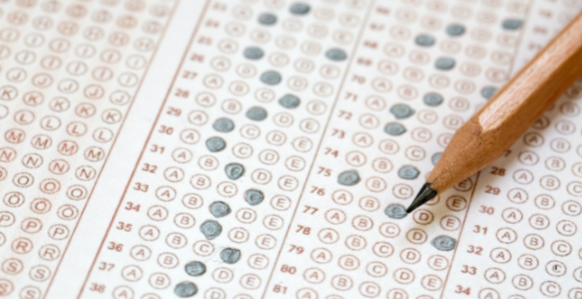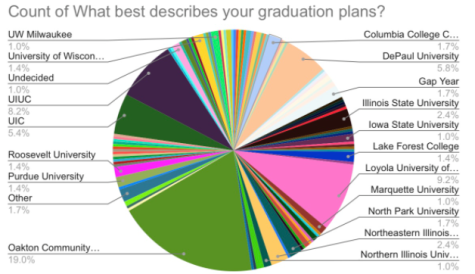SAT goes fully digital in 2024; shortened to save time

Image courtesy of Input Mag
The SAT college admission exam is set to go fully digital by Spring of 2024, ditching its traditional paper and pencil version and shortening its usual three-hour length to just two hours.
According to the College Board, there are currently no plans in place to offer the digital test to students at home, meaning they will still be required to test in a collective in-person setting as usual. Computer-based testing will allow the College Board to beef up security, according to test officials, because there will be less risk of stolen test booklets and much more variation in questions posed to the individual students.
However, the latest revision to the SAT testing format has not come without controversy from critics, who say they are biased toward the privileged and pose an unnecessary hurdle in the college application process.
“Shifting an unnecessary, biased, coachable, and poorly predictive multiple-choice exam that few schools currently require from pencil-and-paper delivery to an electronic format does not magically transform it into a more accurate, fairer or valid tool for assessing college readiness,” Bob Schaeffer, executive director of FairTest: National Center for Fair & Open Testing, said in a statement.
The change in the SAT testing format comes at a time when numerous universities across the country are offering students the option to apply to their institutions without submitting ACT or SAT scores, a number that is now expected to grow significantly. As of now, nearly 2,000 colleges and universities have publicly announced that they will not require the SAT or ACT for admission in the Fall of 2022, more than 75% of the degree-granting institutions in the U.S.
Slimming the main SAT down to two hours will be another major revision to the exam, which has been at least three hours long for the past half-century. In order to shorten the exam, the testing organization is relying on a computer-enabled process known as “adaptive testing,” a method in which the difficulty of subsequent questions will vary depending on whether the students perform well or poorly on the first set.
The new digital exam will be divided into two sections, one on math and one on reading and writing, each worth up to 800 points. It will also feature shorter reading passages, students will be allowed to use calculators for the entire math section, and scores will be received in days, instead of weeks.
“The digital SAT will be easier to take, easier to give, and more relevant,” Priscilla Rodriguez, vice president of College Readiness Assessments for the College Board, said in a statement. “We’re not simply putting the current SAT on a digital platform — we’re taking full advantage of what delivering an assessment digitally makes possible.”

Aiden is a senior who serves as the Editor-in-Chief and News Editor of North Star News. Since first joining the staff during his freshman year, he has...











